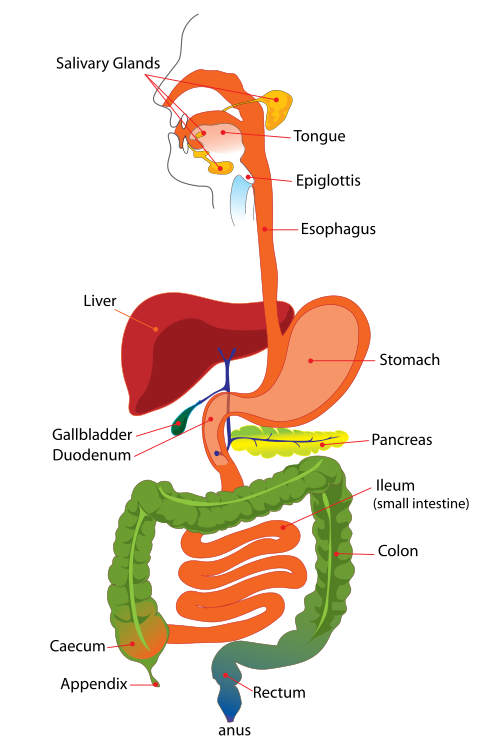Our Bodies - The Skeletal System
The human skeleton is the internal framework of the body. The human skeleton performs six major functions; support, movement, protection, production of blood cells, storage of minerals and endocrine regulation. This system supports the body. All the soft tissue hangs off the skeleton. |
| Diagram of a human female skeleton from https://commons.wikimedia.org/wiki/File:Human_skeleton_front_en.svg |
Bones are hard and tough. some bones in the skeleton are there to protect delicate organs. The skull protects the brain and the ribs protect the heart and lungs. The bones are joined together by cartilage. Muscles are attached to the bones to move them.







.jpg)
.jpg)



